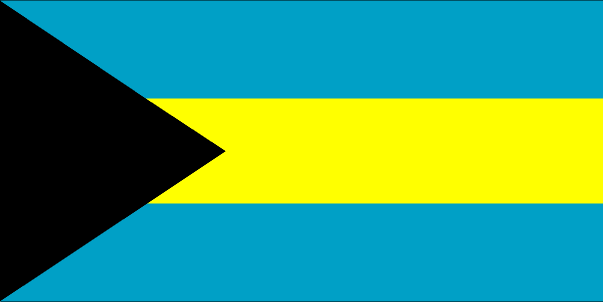


Civism: "Or the feeling among our people of the need for good citizenship in order that the city may take first rank in everything of good repute."ĭid you know? A Chicago flag with a fifth star already exists? Click here for the secret story the unknown 5-Star flag.Justice: "Exhibited in the Juvenile Courts, the Morals Court, the Court of Domestic Relations and other features in which Chicago has led the world in the application of the most modern methods to the prevention of crime and disorder and the reformation of those under the displeasure of society.".Beneficence: "Shown in hospitals, neighborhood parks, museums, charitable organizations and a hundred other things.".Aesthetics: "With the new city plan for its beautification, the Art Institute, the Orchestra Hall and the Chicago Symphony Orchestra, the attention given architecture, music schools, art schools and much more of that nature.".Education: "With three universities, several colleges, two technical schools, great libraries on private foundations, in addition to the enormous public school system.".Religion: "Including cathedrals, churches, theological seminaries, schools for missionaries and many institutions of international rank in their respective denominations.".Three white bands, two blue stripes and four unique six-pointed red stars. What inspired the symbols and design of the Chicago Flag? Ironically, the design chosen was submitted by none other than Wallace Rice himself. entry into World War I - City Council approved the winning design. The Commission, steered by rules and contest guidelines governed by Wallace Rice received over 1000 entries to be considered. He proposed that the City Counsel form the Chicago Municipal Flag Commission. Kearns felt the city was falling behind other world cities in terms of identity.

In the following 10 days the Tribune received 892 entries.The winning entry was submitted by architect Alfred Jensen Roewad.Īnd so, the official Municipal colors adopted by the city were red and white. The idea was embraced and a contest was announced to choose colors for the city. "Almost all European cities have chosen colors, as the universities and colleges have done, and these are called the 'Municipal Colors.' Would it not be well now to see if the authorities of Chicago will not select a color or combination of colors as the 'Municipal Colors' for the city? If this is done, it will simplify the whole matter of civic decorations very much and afford a precedent which will, I am sure, be followed in all great cities of the Union." - MILLET Francis Davis Millet was a local artist and supervisor of sculpture and painting for the exposition. Since there were no official colors or unifying symbols, the city officials and exposition organizers were looking for ideas.


 0 kommentar(er)
0 kommentar(er)
